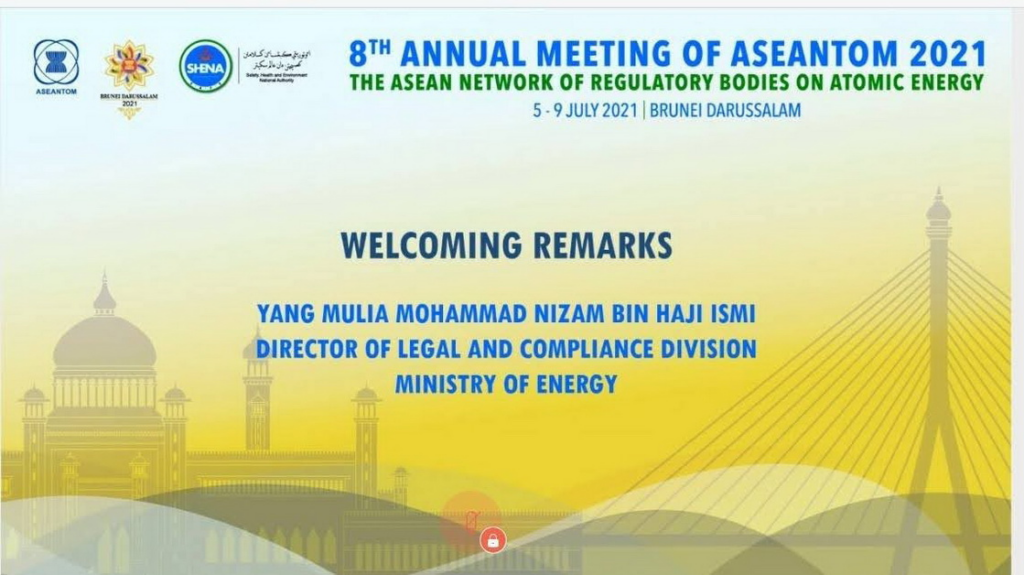Meeting
9th ASEANTOM Annual Meeting
9th ASEANTOM Annual Meeting will be hosted by Cambodia during 8, 10 – 11 August…
8th Annual ASEANTOM Meeting (2021)
The Eighth Annual Meeting of the ASEAN Network of Regulatory Bodies on Atomic Energy (ASEANTOM)…
7th Annual ASEANTOM Meeting (2020)
The Seventh Annual Meeting of the ASEAN Network of Regulatory Bodies on Atomic Energy (ASEANTOM)…
6th Annual ASEANTOM Meeting (2019)
The Sixth Annual Meeting of the ASEAN Network of Regulatory Bodies on Atomic Energy (ASEANTOM)…
5th Annual ASEANTOM Meeting (2018)
Singapore, 28 June 2018 – Nuclear regulators from all 10 ASEAN Member States met in…


